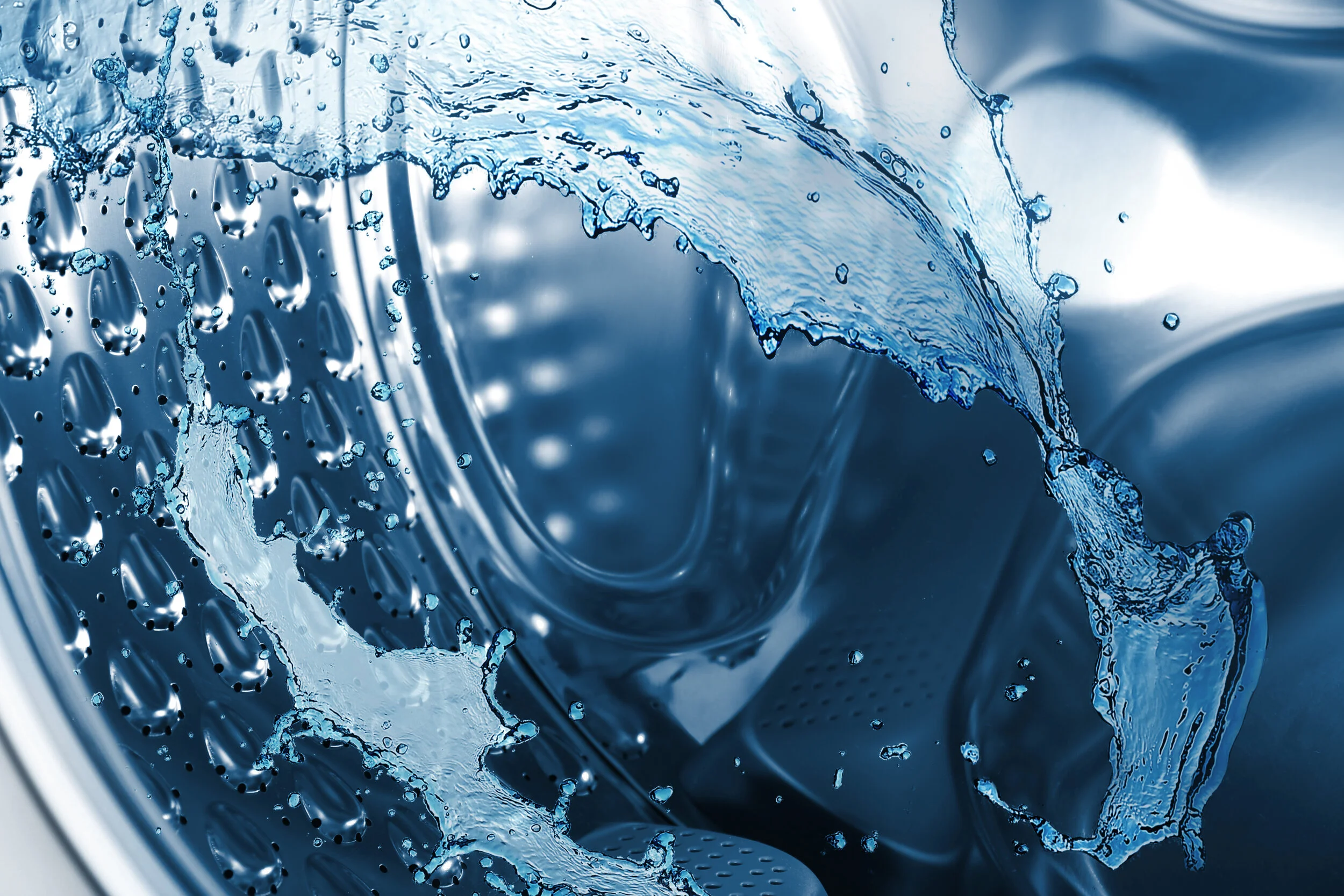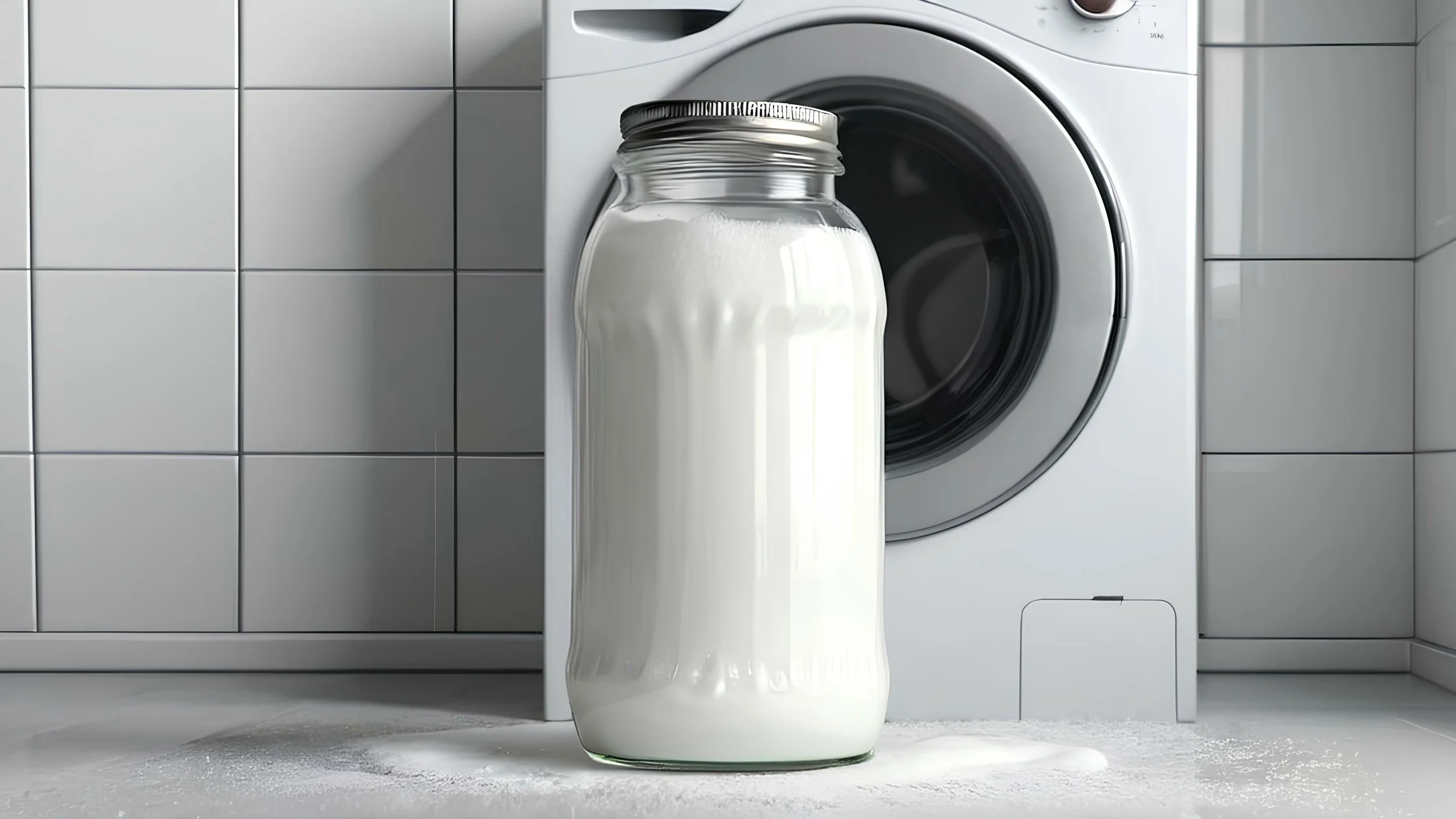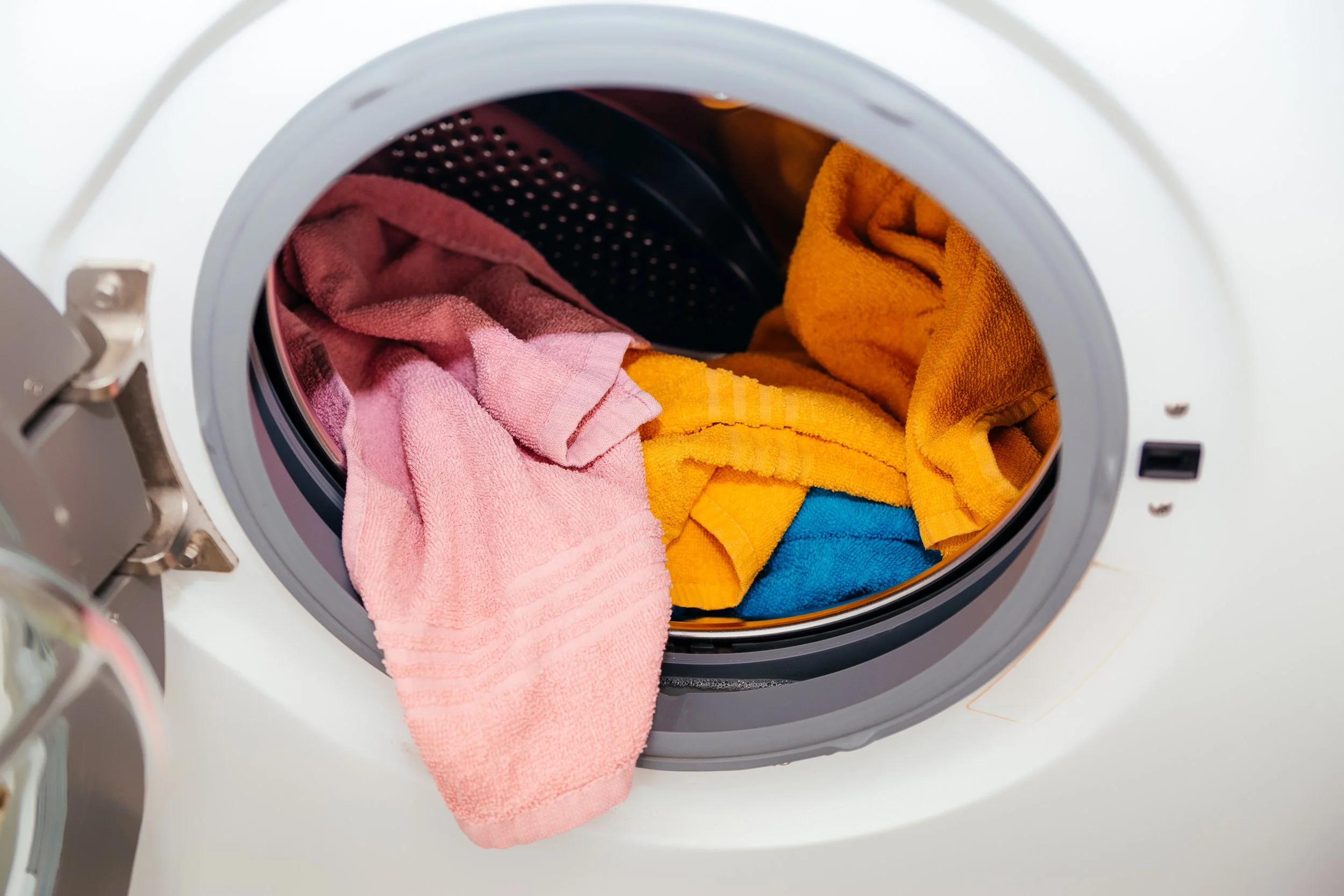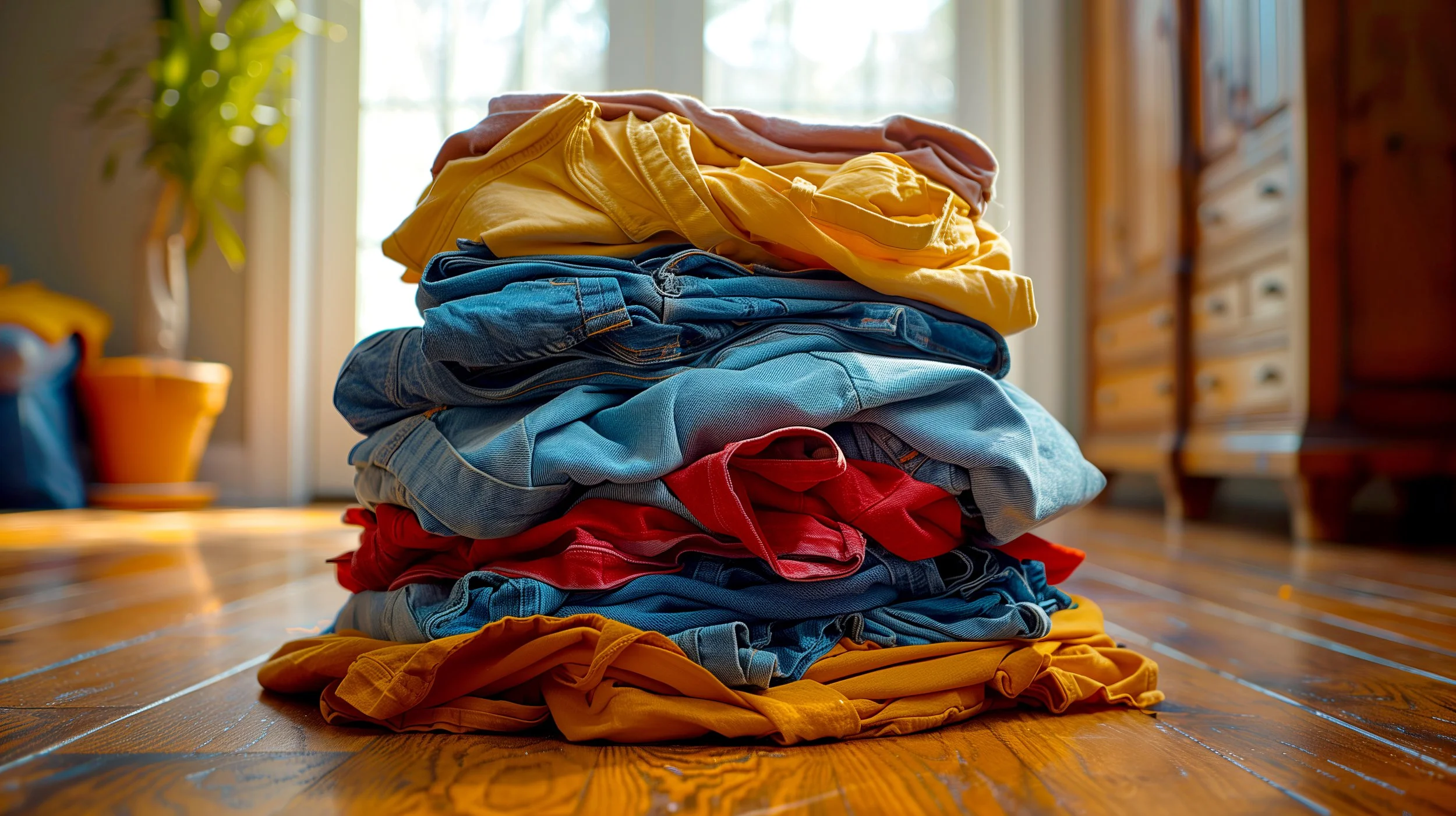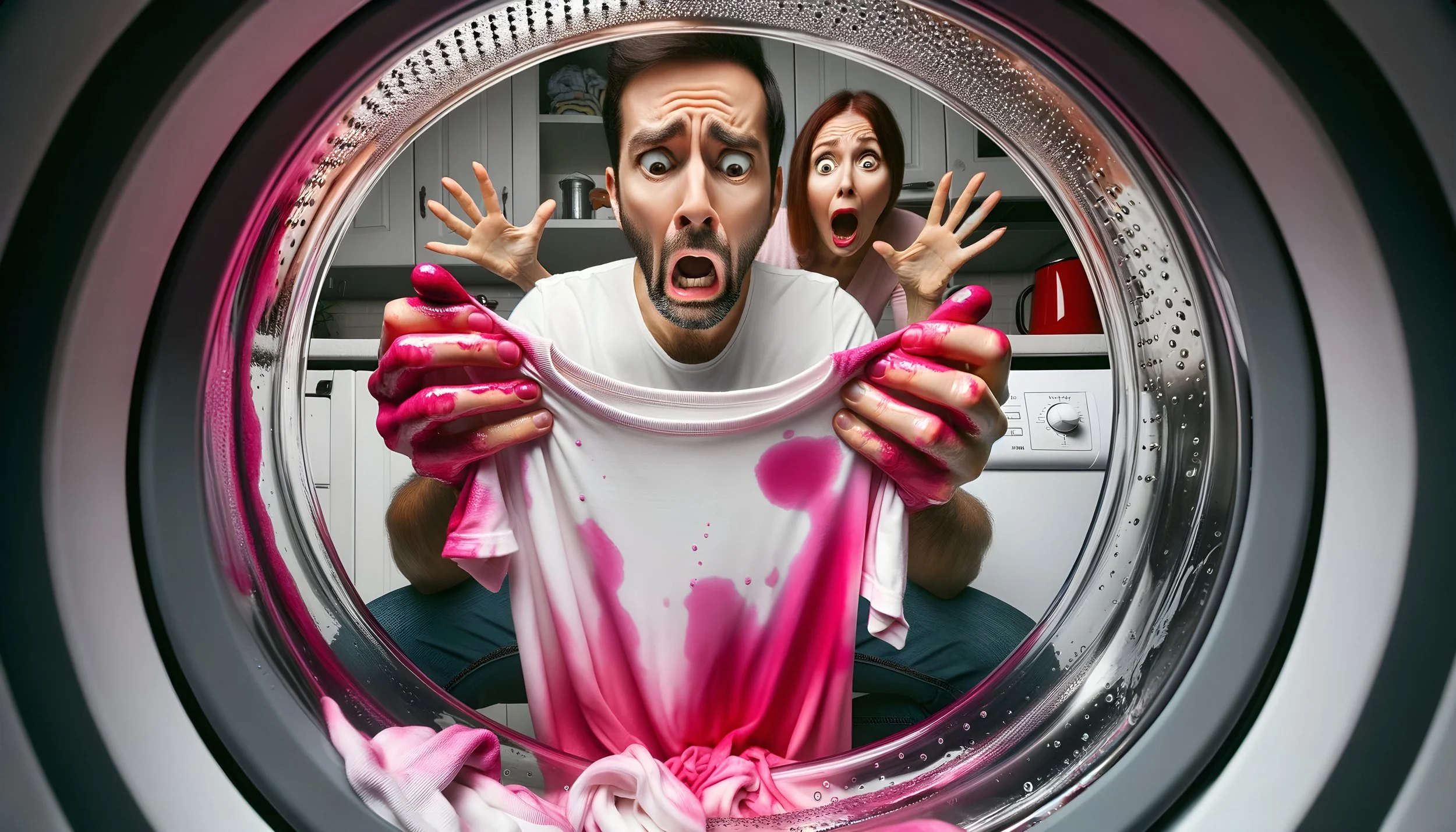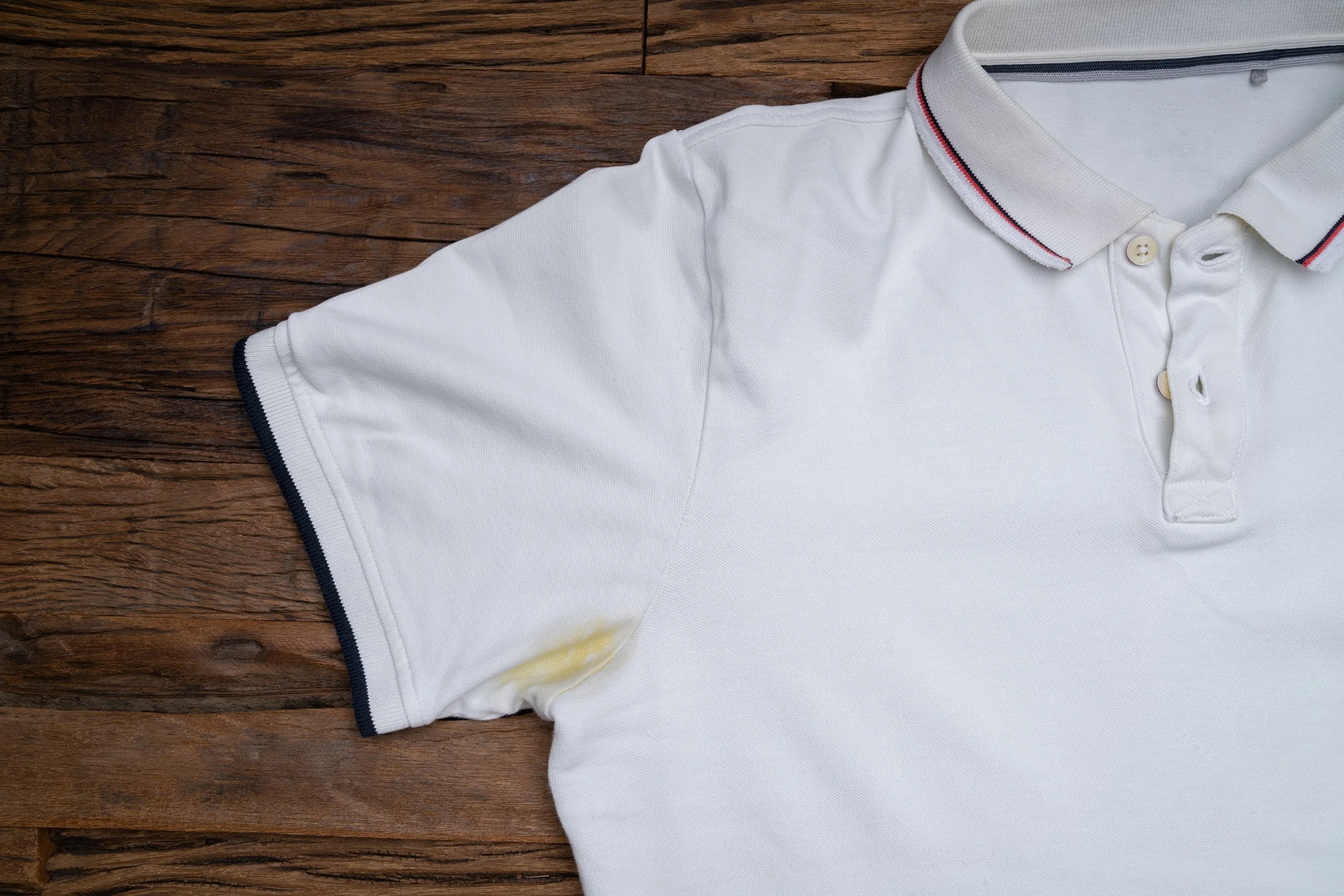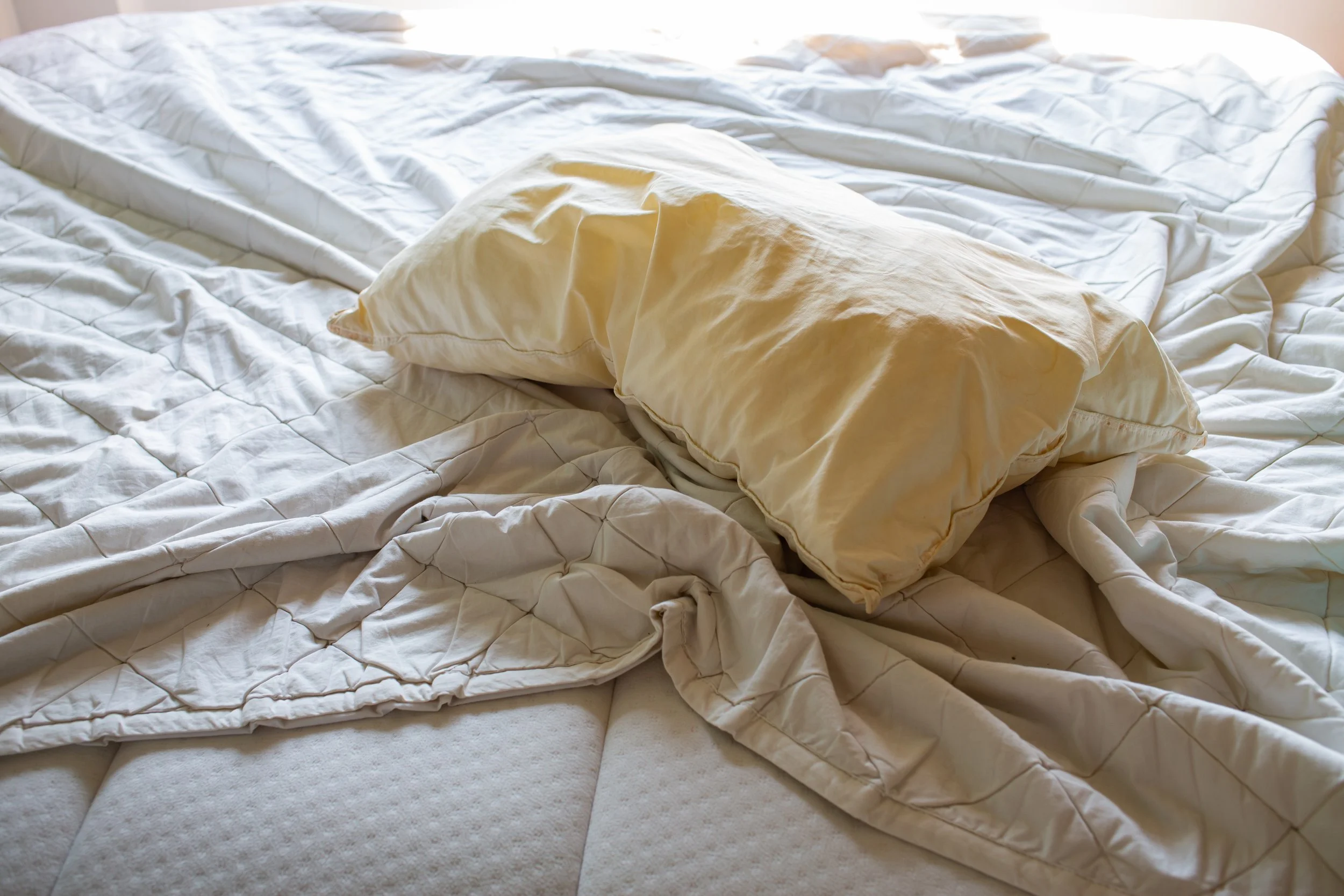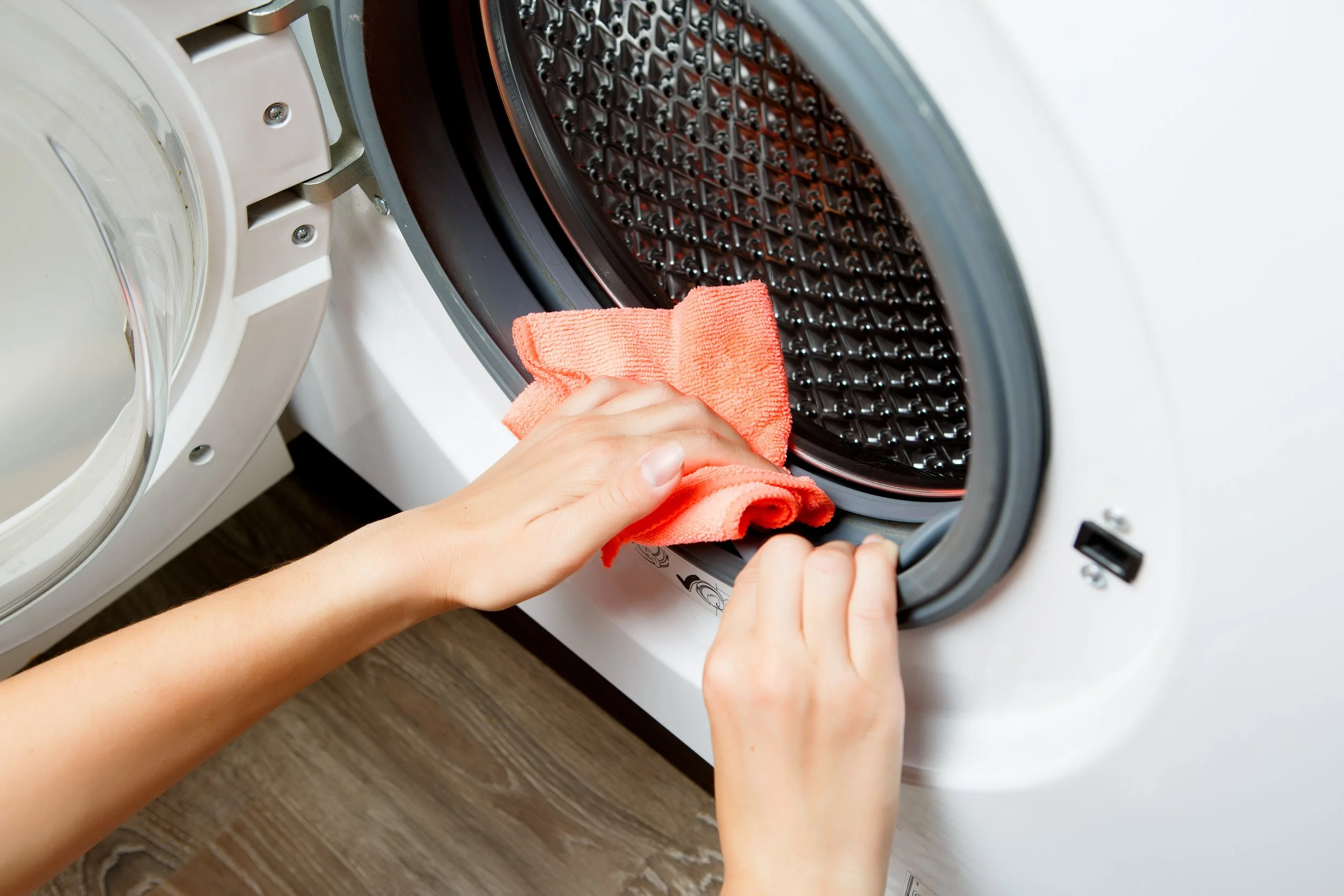If you’ve ever bought a dress shirt, a suit, or something incredibly delicate like cashmere, chances are you might have come across the washing instruction: ‘dry clean only.’
Choosing between wet and dry cleaning can be a tricky business, particularly if you don’t fully understand each process. So, before you start making decisions about what you need to send to the dry cleaners, it’s worth learning a little more about each form of laundry.
What is Wet Cleaning?
Wet cleaning is the most straightforward process, as it is essentially the same as doing laundry at home. Wet cleaning (perhaps unsurprisingly) washes your clothes with soap and water in an electric washing machine. Wet cleaning uses water-based detergents to clean your clothes without harsh chemicals. After a wet clean, your clothes will need to be dried, either by hanging, or in a tumble dryer.
What is Dry Cleaning?
Despite the name, dry cleaning isn’t a completely ‘dry’ process, but it doesn’t use water to clean your clothes. Instead, dry cleaning involves non-water based solvents and chemicals that don’t warp or shrink delicate materials, but are also able to dissolve tough stains. Dry cleaning involves soaking your clothes in solvent in a specially-designed machine before drying and pressing them.
What are the Pros and Cons of Wet and Dry Cleaning?
There are pros and cons to both laundry methods. And, of course, there are some clothes that either have to be dry cleaned, or can’t be dry cleaned. But when you have a choice, it’s worth knowing which process works best for your needs.
Wet Cleaning
Pros
Eco-Friendly - wet cleaning uses water-soluble detergents that tend to be more biodegradable and therefore less damaging to the planet.
Customizable - the wet cleaning process is more flexible, with the ability to change the water temperature, speed of spin, length of wash, and so on.
Color-Retention - because the water-based detergents are gentler and no additional chemicals are used in the process, wet cleaning preserves the colors of fabrics better. Fabric will also feel softer after a wet wash.
Price - as a less specialized method, wet cleaning tends to be cheaper.
Cons
Stretching - due to the water, the heat, and the spin cycle, wet cleaning does introduce the possibility of stretching or warping your clothes.
Allergies - some detergents can cause reactions, particularly if you have very sensitive skin.
Less Effective - on tough spots and stains, wet cleaning can be less effective and you may need to pre-treat particularly resistant areas.
Dry Cleaning
Pros
Tough on Stains - since oil and grease are not soluble in water, dry cleaning with non-water-based chemicals and solvents is the only way to get rid of awkward spots and stains.
Gentle - some garments and fabrics like down pillows or cashmere will warp or disintegrate in water, but are perfectly safe being treated by dry cleaning chemicals.
Removes the Need for Spot Removers - because the dry cleaning solvents can break down tough stains, you don’t need to pre-treat your clothes or use spot removers.
Cons
Loss of Color - some of the dry cleaning chemicals can cause fabric color to fade or lose its vibrancy.
Chemical - some laundries use cheaper, less ecologically-friendly solvents which aren’t biodegradable.
Discoloration - if cheap solvents are used, there’s a risk that whites can fade to a creamy, yellowy color.
At WaveMAX, we offer both wet cleaning and dry cleaning services. So, all you need to do is check the garment care labels on your clothes, or ask us for advice! We aim to provide a convenient, clean, and courteous experience and are always on hand to help you out with any laundry issue you might encounter. Check out our services via our website to find out more!

